Market Growth Projections
The Global Protective Fabrics Market Industry is poised for substantial growth, with projections indicating a market size of 4.86 USD Billion in 2024 and an anticipated increase to 11.8 USD Billion by 2035. This growth is driven by various factors, including technological advancements, regulatory changes, and increasing awareness of safety standards. The compound annual growth rate of 8.4% from 2025 to 2035 reflects the industry's robust potential. Such projections highlight the dynamic nature of the market and the various elements contributing to its expansion, indicating a promising future for the Global Protective Fabrics Market Industry.
Rising Demand for Safety Gear
The Global Protective Fabrics Market Industry experiences a notable surge in demand for safety gear across various sectors, including construction, manufacturing, and healthcare. As organizations prioritize worker safety, the need for protective clothing made from advanced fabrics is becoming increasingly critical. In 2024, the market is projected to reach 4.86 USD Billion, reflecting a growing awareness of occupational hazards and the importance of protective apparel. This trend is likely to continue, with the market expected to expand significantly as regulations surrounding workplace safety become more stringent. The emphasis on safety gear is thus a driving force in the Global Protective Fabrics Market Industry.
Expansion of End-Use Industries
The expansion of end-use industries such as oil and gas, construction, and healthcare is a crucial driver for the Global Protective Fabrics Market Industry. As these sectors grow, the demand for specialized protective clothing increases correspondingly. For instance, the oil and gas industry requires flame-resistant and chemical-resistant fabrics to safeguard workers in hazardous environments. This trend is expected to bolster the market, with projections indicating a potential market size of 11.8 USD Billion by 2035. The interplay between industry growth and the need for protective apparel underscores the importance of end-use sectors in shaping the Global Protective Fabrics Market Industry.
Increasing Regulatory Standards
The Global Protective Fabrics Market Industry is significantly influenced by the rise in regulatory standards aimed at ensuring worker safety. Governments worldwide are implementing stricter regulations regarding the use of protective clothing in hazardous environments. This regulatory landscape compels industries to adopt compliant protective apparel, thereby driving market growth. As organizations strive to meet these standards, the demand for high-quality protective fabrics is expected to increase. The anticipated compound annual growth rate of 8.4% from 2025 to 2035 underscores the importance of regulatory compliance in shaping the future of the Global Protective Fabrics Market Industry.
Growing Awareness of Workplace Safety
There is a marked increase in awareness regarding workplace safety, which is a significant driver of the Global Protective Fabrics Market Industry. Employers are recognizing the financial and ethical implications of workplace injuries, leading to a proactive approach in providing protective clothing. This heightened awareness is not limited to high-risk industries but extends to various sectors, including hospitality and retail. As a result, the demand for protective fabrics is expected to rise, contributing to the market's growth trajectory. The industry's expansion is indicative of a broader cultural shift towards prioritizing safety in the workplace, further solidifying its role in the Global Protective Fabrics Market Industry.
Technological Advancements in Fabric Production
Innovations in fabric technology play a pivotal role in shaping the Global Protective Fabrics Market Industry. The development of new materials, such as flame-resistant and chemical-resistant fabrics, enhances the protective capabilities of clothing. These advancements not only improve safety but also increase comfort and durability, making protective apparel more appealing to end-users. The integration of smart textiles, which can monitor environmental conditions, is also gaining traction. As manufacturers invest in research and development, the market is poised for growth, potentially reaching 11.8 USD Billion by 2035. This technological evolution is a key driver for the Global Protective Fabrics Market Industry.
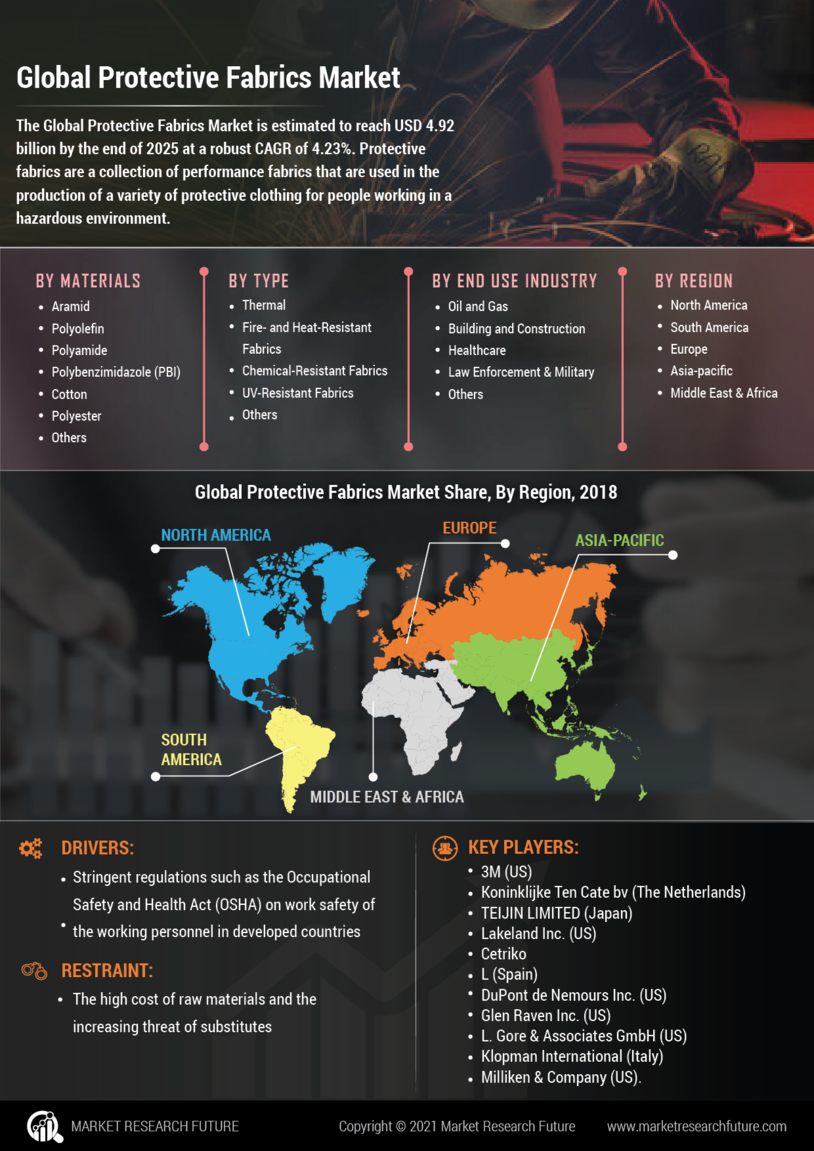

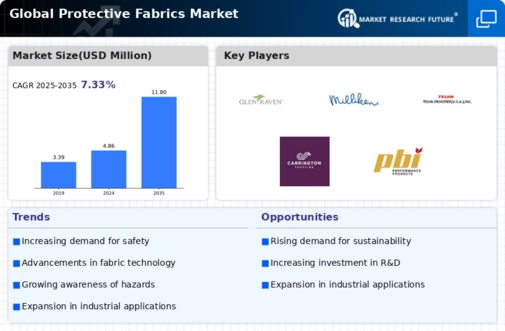
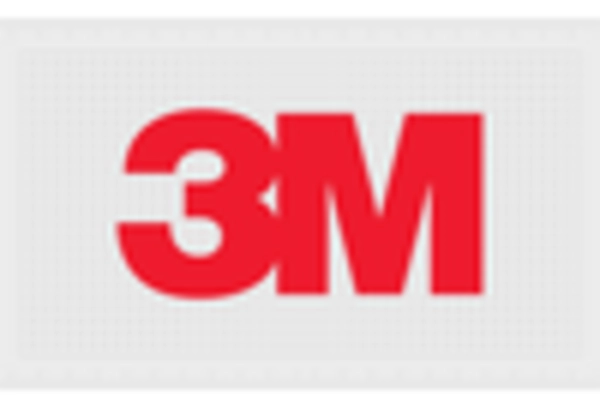
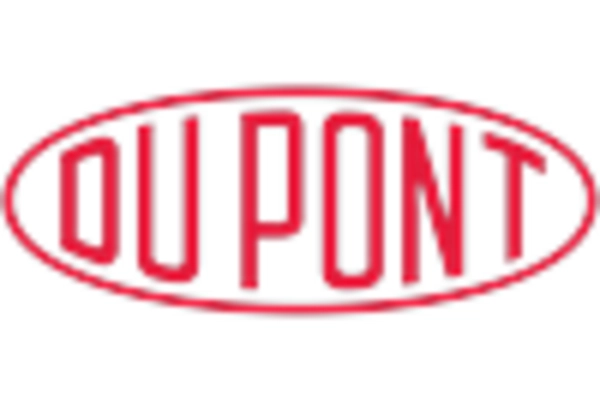

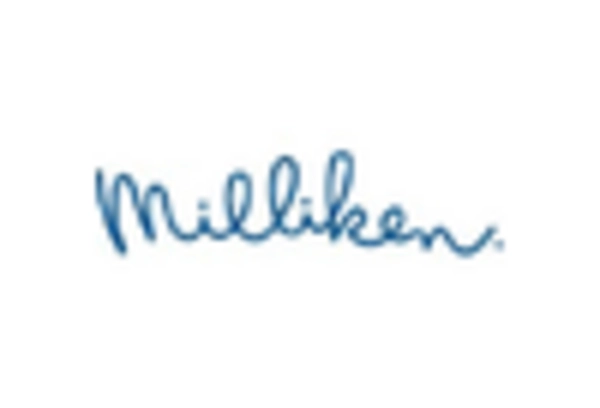
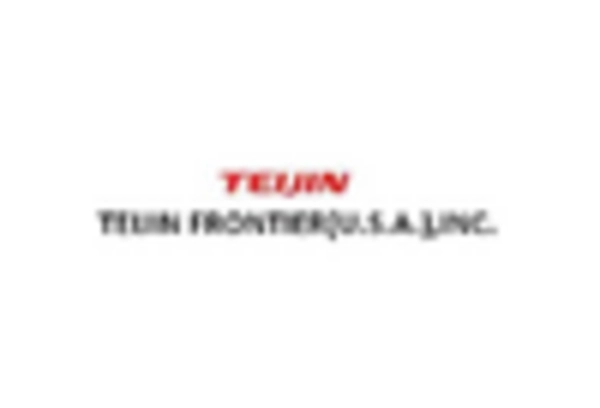
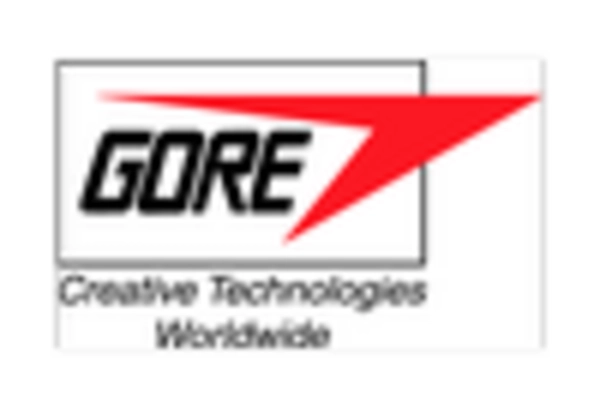








Leave a Comment